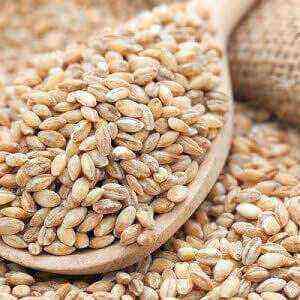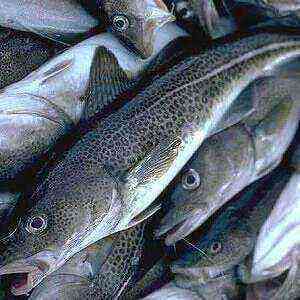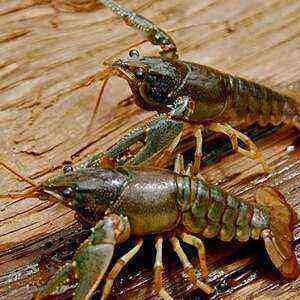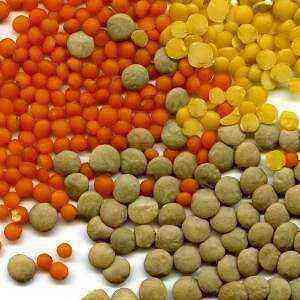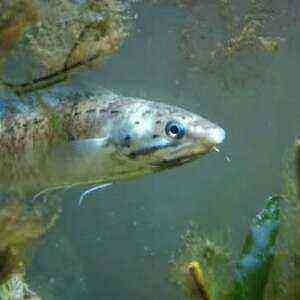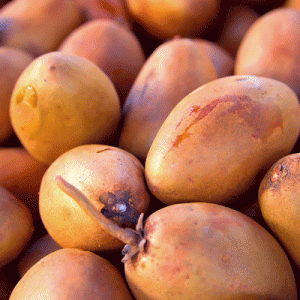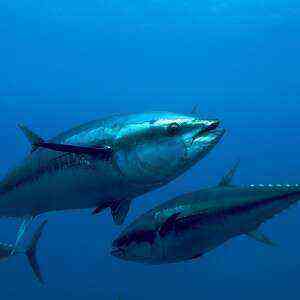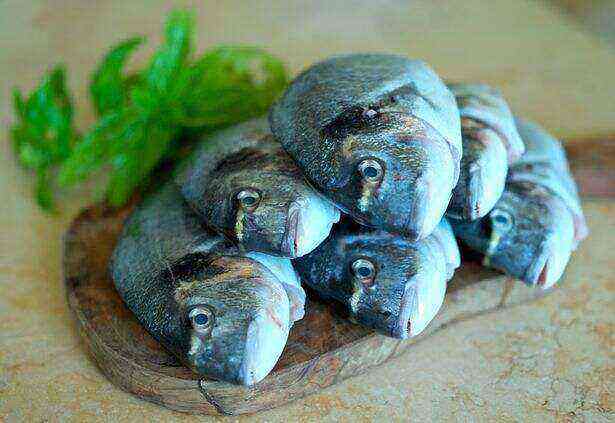The chemical composition of catfish meat differs little from the composition of other freshwater fish. Protein, fats and water, ash substances, vitamins B1, B2, B6 and B9, PP, retinol. And also sulfur, chlorine, phosphorus, sodium, magnesium, calcium, fluorine, copper, manganese, iodine, zinc, nickel, cobalt and iron – this is the nutritional composition of catfish. In terms of nutritional value and caloric value, catfish is equal to sturgeon fish. The calorie content of catfish meat is about 115 kcal per 100 grams of product. Although the calorie content of catfish is quite high compared to fish of other breeds, its meat is recommended to be used when drawing up a diet.
High-quality protein, which is rich in catfish meat, is easily absorbed by the body, creates a feeling of satiety for a long time, is an excellent building material for muscles, tissues, and the skeletal system of the body. Catfish meat is very good for the liver. The abundance of useful vitamins and minerals maintains an optimal balance if catfish meat is present in the diet.
The advantage of this fish is also that catfish is a practically waste-free product. It has no scales, small bones, no pronounced fishy smell. All parts of the fish can be used in cooking – the head and tail are used to make soups and fish soup, while meat is prepared in a variety of ways – fried, stewed, baked, marinated and grilled. Catfish makes an excellent kebab, aspic, cutlets, fish hodgepodge.
Hot smoked catfish is considered a delicacy in many European countries. In Germany, smoked catfish is revered as the best snack for beer and white wine. And the African, or clary catfish is a real delicacy – a very tasty fish with the most tender meat, without bones, scales, suitable for dietary or baby food.











